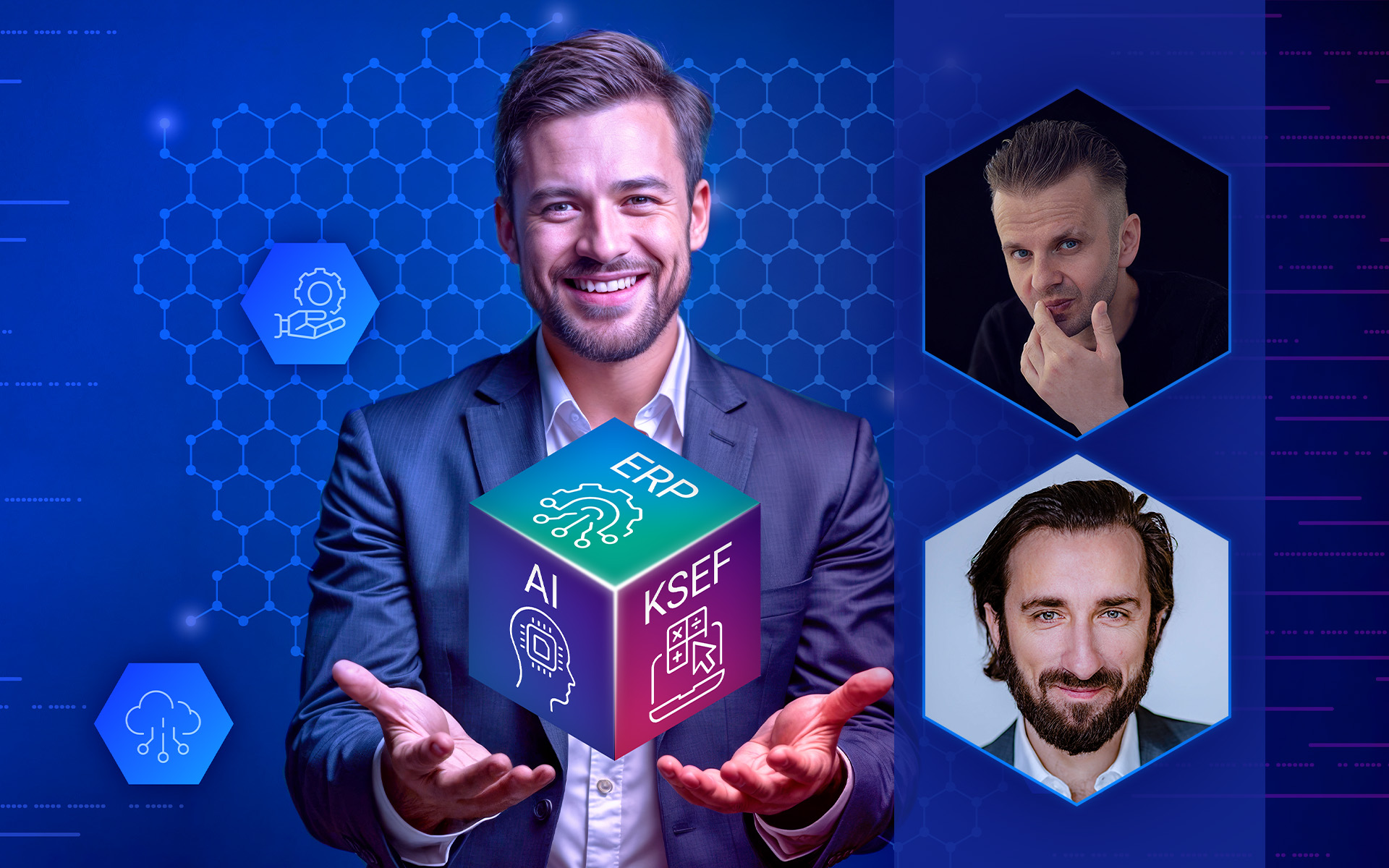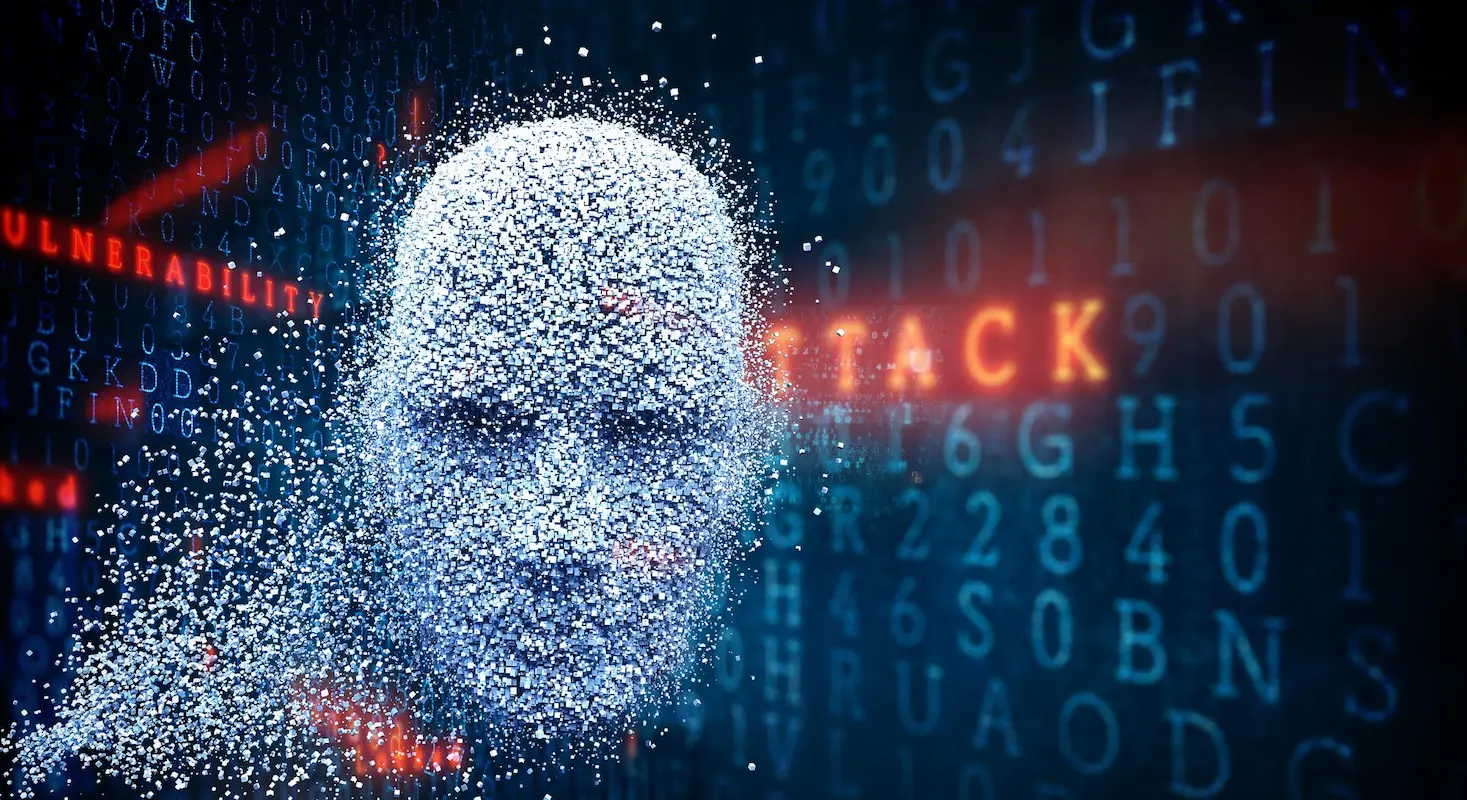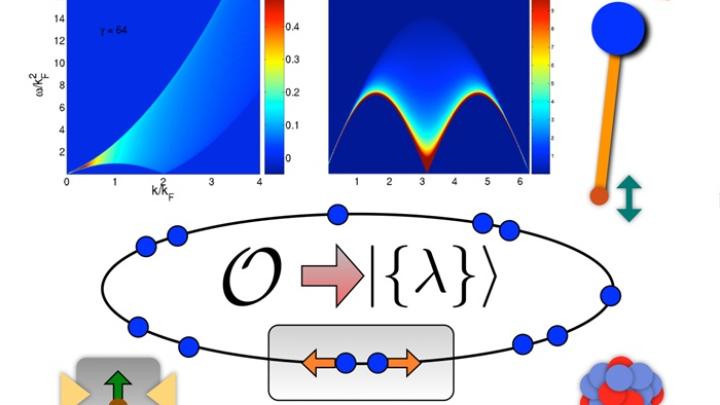What is symbolic artificial intelligence?
2 Artificial Intelligence AI Stocks to Buy Now and Hold For Decades The Motley Fool The General Problem Solver (GPS) cast planning as problem-solving used means-ends analysis to create plans. Graphplan takes a least-commitment approach to planning, rather than sequentially choosing actions from an initial state, working forwards, or a goal state if working backwards. […]

2 Artificial Intelligence AI Stocks to Buy Now and Hold For Decades The Motley Fool
The General Problem Solver (GPS) cast planning as problem-solving used means-ends analysis to create plans. Graphplan takes a least-commitment approach to planning, rather than sequentially choosing actions from an initial state, working forwards, or a goal state if working backwards. Satplan is an approach to planning where a planning problem is reduced to a Boolean satisfiability problem.
The middle child, Preston (Wyatt Linder), spends most of his time on his iPad playing first-person shooter games and is particularly anxious about going to school. The eldest daughter, Iris, is contemplating sending naked photos to her boyfriend, Sawyer (Bennett Curran). The three are all different generations and offer insight into the scope of technological use within the family. The mum, Meredith, is working on her thesis, and the dad, Curtis, works at a small marketing agency. At a work meeting, he is introduced to AIA, an artificial intelligence home assistant by Lightning (David Dastmalchian) and Sam (Ashley Romans). Although, initially, AIA is underwhelming as she overheats and malfunctions, Lightning and Sam convince Curtis to take her into his home and see her true abilities.
Beyond Transformers: Symbolica launches with $33M to change the AI industry with symbolic models – SiliconANGLE News
Beyond Transformers: Symbolica launches with $33M to change the AI industry with symbolic models.
Posted: Tue, 09 Apr 2024 07:00:00 GMT [source]
Andrew Lea FBCS explains the different approaches to programming chess computers. Along the way, he explores the many historical attempts at creating a chess playing machine and asks philosophical questions about the nature of artificial intelligence. In the paper, we show that a deep convolutional neural network used for image classification can learn from its own mistakes to operate with the high-dimensional computing paradigm, using vector-symbolic architectures. It does so by gradually learning to assign dissimilar, such as quasi-orthogonal, vectors to different image classes, mapping them far away from each other in the high-dimensional space.
Symbolic AI has made significant contributions to the field of AI by providing robust methods for knowledge representation, logical reasoning, and problem-solving. It has paved the way for the development of intelligent systems capable of interpreting and acting upon symbolic information. This involves the use of symbols to represent entities, concepts, or relationships, and manipulating these symbols using predefined rules and logic. Symbolic AI systems typically consist of a knowledge base containing a set of rules and facts, along with an inference engine that operates on this knowledge to derive new information. Symbolic artificial intelligence has been a transformative force in the technology realm, revolutionizing the way machines interpret and interact with data.
Resources for Deep Learning and Symbolic Reasoning
Production rules connect symbols in a relationship similar to an If-Then statement. The expert system processes the rules to make deductions and to determine what additional information it needs, i.e. what questions to ask, using human-readable symbols. For example, OPS5, CLIPS and their successors Jess and Drools operate in this fashion. This directed mapping helps the system to use high-dimensional algebraic operations for richer object manipulations, such as variable binding — an open problem in neural networks. When these “structured” mappings are stored in the AI’s memory (referred to as explicit memory), they help the system learn—and learn not only fast but also all the time.
We survey the literature on neuro-symbolic AI during the last two decades, including books, monographs, review papers, contribution pieces, opinion articles, foundational workshops/talks, and related PhD theses. Four main features of neuro-symbolic AI are discussed, including representation, learning, reasoning, and decision-making. Finally, we discuss the many applications of neuro-symbolic AI, including question answering, robotics, computer vision, healthcare, and more.
Symbolic AI, also known as „good old-fashioned AI” (GOFAI), relies on high-level human-readable symbols for processing and reasoning. It involves explicitly encoding knowledge and rules about the world into computer understandable language. Symbolic AI excels in domains where rules are clearly defined and can be easily encoded in logical statements. This approach underpins many early AI systems and continues to be crucial in fields requiring complex decision-making and reasoning, such as expert systems and natural language processing.
This approach promises to expand AI’s potential, combining the clear reasoning of symbolic AI with the adaptive learning capabilities of subsymbolic AI. A second flaw in symbolic reasoning is that the computer itself doesn’t know what the symbols mean; i.e. they are not necessarily linked to any other representations of the world in a non-symbolic way. Again, this stands in contrast to neural nets, which can link symbols to vectorized representations of the data, which are in turn just translations of raw sensory data.
Origins and Pioneers of Symbolic Artificial Intelligence
We introduce the Deep Symbolic Network (DSN) model, which aims at becoming the white-box version of Deep Neural Networks (DNN). The DSN model provides a simple, universal yet powerful structure, similar to DNN, to represent any knowledge of the world, which is transparent to humans. The conjecture behind the DSN model is that any type of real world objects sharing enough common features are mapped into human brains as a symbol. Those symbols are connected by links, representing the composition, correlation, causality, or other relationships between them, forming a deep, hierarchical symbolic network structure. Powered by such a structure, the DSN model is expected to learn like humans, because of its unique characteristics.
The company’s longtime bankers, Morgan Stanley and Goldman Sachs, are reportedly advising Intel on its options after it released unexpectedly grim second quarter of 2024 earnings in August. He had once even quipped that to create a true „thinking machine” would require „1.7 Einsteins, two Maxwells five Faradays and the funding of 0.3 Manhattan Projects.” Despite his monumental efforts, McCarthy’s ultimate dream — a computer passing the Turing test, where one cannot distinguish whether responses come from a human or a machine –remained elusive. As AI Magazine poetically observed, „McCarthy became steadfast in his devotion to the logicist approach to AI, while Minsky, in turn, sought to prove it wrong-headed and unattainable.” A not-for-profit organization, IEEE is the world’s largest technical professional organization dedicated to advancing technology for the benefit of humanity.© Copyright 2024 IEEE – All rights reserved. Such transformed binary high-dimensional vectors are stored in a computational memory unit, comprising a crossbar array of memristive devices.
These systems are essentially piles of nested if-then statements drawing conclusions about entities (human-readable concepts) and their relations (expressed in well understood semantics like X is-a man or X lives-in Acapulco). Symbolic AI has greatly influenced natural language processing by offering formal methods for representing linguistic structures, grammatical rules, and semantic relationships. These symbolic representations have paved the way for the development of language understanding and generation systems. In the realm of artificial intelligence, symbolic AI stands as a pivotal concept that has significantly influenced the understanding and development of intelligent systems. This guide aims to provide a comprehensive overview of symbolic AI, covering its definition, historical significance, working principles, real-world applications, pros and cons, related terms, and frequently asked questions.
In 1960, he foresaw a future where „computation may someday be organised as a public utility,” a prophetic glimpse into the dawn of cloud computing. Lisp occupied a revered spot among the original hackers, who employed it to coax the rudimentary IBM machines of the late 1950s into playing chess. This might shed light on why mastering Lisp commands is held in such high esteem within the programming community. This conference, set for the next year at the prestigious Ivy League college in the US, would become the seminal event that marked the birth of artificial intelligence as a field of study.
Synergizing sub-symbolic and symbolic AI: Pioneering approach to safe, verifiable humanoid walking – Tech Xplore
Synergizing sub-symbolic and symbolic AI: Pioneering approach to safe, verifiable humanoid walking.
Posted: Tue, 25 Jun 2024 07:00:00 GMT [source]
Cognitive architectures such as ACT-R may have additional capabilities, such as the ability to compile frequently used knowledge into higher-level chunks. A more flexible kind of problem-solving occurs when reasoning about what to do next occurs, rather than simply choosing one of the available actions. This kind of meta-level reasoning is used in Soar and in the BB1 blackboard architecture.
The Future of Remote Work: How AI is Transforming Digital Workspaces.
And yes, Alphabet has a treasure trove of first-party user data based on the countless internet searches the world has conducted during the two decades Alphabet has dominated search. People use Google and YouTube to search for what they like, what interests them, and what they are curious about. Internet search giant Alphabet (GOOGL -0.58%) (GOOG -0.50%) is the other company that jumps out. Alphabet owns the Google search engine, which conducts more than 90% of the world’s internet searches. Additionally, it owns the video platform YouTube, arguably the world’s dominant video-based search engine and the second-most trafficked website behind Google. It’s an ideal distribution for Alphabet’s Bard AI model, which the company has already woven into its various Google products.
It brought together leading AI scientists who would shape the field for decades. Error from approximate probabilistic inference is tolerable in many AI applications. But it is undesirable to have inference errors corrupting results in socially impactful applications of AI, such as automated decision-making, and especially in fairness analysis. The justice system, banks, and private companies use algorithms to make decisions that have profound impacts on people’s lives. Unfortunately, those algorithms are sometimes biased — disproportionately impacting people of color as well as individuals in lower income classes when they apply for loans or jobs, or even when courts decide what bail should be set while a person awaits trial. During training and inference using such an AI system, the neural network accesses the explicit memory using expensive soft read and write operations.
With its next-generation firewalls, advanced threat prevention tools, and array of ancillary cybersecurity solutions, Palo Alto provides a more simplified and seamlessly integrated offering than alternatives that seek to combine a host of single-service providers. In this way, it’s able to decrease the complexity of its clients’ security systems and shorten their incident response times. Imagine not fearing the disruption wrought by artificial intelligence (AI) and instead growing richer from the game-changing innovations the technology creates.
Research problems include how agents reach consensus, distributed problem solving, multi-agent learning, multi-agent planning, and distributed constraint optimization. Forward chaining inference engines are the most common, and are seen in CLIPS and OPS5. Backward chaining occurs in Prolog, where a more limited logical representation is used, Horn Clauses. Its history was also influenced by Carl Hewitt’s PLANNER, an assertional database with pattern-directed invocation of methods. For more detail see the section on the origins of Prolog in the PLANNER article.
That is, a symbol offers a level of abstraction above the concrete and granular details of our sensory experience, an abstraction that allows us to transfer what we’ve learned in one place to a problem we may encounter somewhere else. In a certain sense, every abstract category, like chair, asserts an analogy between all the disparate objects called chairs, and we transfer our knowledge about one chair to another with the help of the symbol. The automated theorem provers discussed below can prove theorems in first-order logic. Horn clause logic is more restricted than first-order logic and is used in logic programming languages such as Prolog. Extensions to first-order logic include temporal logic, to handle time; epistemic logic, to reason about agent knowledge; modal logic, to handle possibility and necessity; and probabilistic logics to handle logic and probability together. Palantir’s award-winning machine learning technology can identify patterns from a wide array of data sources.
Further, our method allows easy generalization to new object attributes, compositions, language concepts, scenes and questions, and even new program domains. It also empowers applications including visual question answering and bidirectional image-text retrieval. The goal of the growing discipline of neuro-symbolic artificial intelligence (AI) is to develop AI systems with more human-like reasoning capabilities by combining symbolic reasoning with connectionist learning.
Symbolic AI has been criticized as disembodied, liable to the qualification problem, and poor in handling the perceptual problems where deep learning excels. In turn, connectionist AI has been criticized as poorly suited for deliberative step-by-step problem solving, incorporating knowledge, and handling planning. Finally, Nouvelle AI excels in reactive and real-world robotics domains but has been criticized for difficulties in incorporating learning and knowledge. Similar to the problems in handling dynamic domains, common-sense reasoning is also difficult to capture in formal reasoning. Examples of common-sense reasoning include implicit reasoning about how people think or general knowledge of day-to-day events, objects, and living creatures. A key component of the system architecture for all expert systems is the knowledge base, which stores facts and rules for problem-solving.[53]
The simplest approach for an expert system knowledge base is simply a collection or network of production rules.
The work in AI started by projects like the General Problem Solver and other rule-based reasoning systems like Logic Theorist became the foundation for almost 40 years of research. Symbolic AI (or Classical AI) is the branch of artificial intelligence research that concerns itself with attempting to explicitly represent human knowledge in a declarative form (i.e. facts and rules). If such an approach is to be successful in producing human-like intelligence then it is necessary to translate often implicit or procedural knowledge possessed by humans into an explicit form using symbols and rules for their manipulation. Artificial systems mimicking human expertise such as Expert Systems are emerging in a variety of fields that constitute narrow but deep knowledge domains. In conclusion, symbolic artificial intelligence represents a fundamental paradigm within the AI landscape, emphasizing explicit knowledge representation, logical reasoning, and problem-solving.
At the core of symbolic AI are processes such as logical deduction, rule-based reasoning, and symbolic manipulation, which enable machines to perform intricate logical inferences and problem-solving tasks. One of the main stumbling blocks of symbolic AI, or GOFAI, was the difficulty of revising beliefs once they were encoded in a rules engine. Expert systems are monotonic; that is, the more rules you add, the more knowledge is encoded in the system, but additional rules can’t undo old knowledge. Monotonic basically means one direction; i.e. when one thing goes up, another thing goes up. Each approach—symbolic, connectionist, and behavior-based—has advantages, but has been criticized by the other approaches.
Pros & cons of symbolic ai
The purpose of this paper is to generate broad interest to develop it within an open source project centered on the Deep Symbolic Network (DSN) model towards the development of general AI. Symbolic AI has been used in a wide range of applications, including expert systems, natural language processing, and game playing. It can be difficult to represent complex, ambiguous, or uncertain knowledge with symbolic AI. Furthermore, symbolic AI systems are typically hand-coded and do not learn from data, which can make them brittle and inflexible. Symbolic artificial intelligence, also known as symbolic AI or classical AI, refers to a type of AI that represents knowledge as symbols and uses rules to manipulate these symbols. Symbolic AI systems are based on high-level, human-readable representations of problems and logic.
Symbolic AI primarily relies on logical rules and explicit knowledge representation, while neural networks are based on learning from data patterns. Symbolic AI is adept at structured, rule-based reasoning, whereas neural networks excel at pattern recognition and statistical learning. Symbolic Artificial Intelligence, often referred to as symbolic AI, represents a paradigm of AI that involves the use of symbols to represent knowledge and reasoning. It focuses on manipulating symbols and rules to perform complex tasks such as logical reasoning, problem-solving, and language understanding. Unlike other AI approaches, symbolic AI emphasizes the use of explicit knowledge representation and logical inference.
- Artificial systems mimicking human expertise such as Expert Systems are emerging in a variety of fields that constitute narrow but deep knowledge domains.
- Thus contrary to pre-existing cartesian philosophy he maintained that we are born without innate ideas and knowledge is instead determined only by experience derived by a sensed perception.
- Yet Meta Platforms (META 0.19%) seems to have the pole position in this AI arms race.
- The deep learning hope—seemingly grounded not so much in science, but in a sort of historical grudge—is that intelligent behavior will emerge purely from the confluence of massive data and deep learning.
Its historical significance, working mechanisms, real-world applications, and related terms collectively underscore the profound impact of symbolic artificial intelligence in driving technological advancements and enriching AI capabilities. Symbolic AI is characterized by its explicit representation of knowledge, reasoning processes, and logical inference. It emphasizes the use of structured data and rules to model complex domains and make decisions. Unlike other AI approaches like machine learning, it does not rely on extensive training data but rather operates based on formalized knowledge and rules. Our model builds an object-based scene representation and translates sentences into executable, symbolic programs.
All operations are executed in an input-driven fashion, thus sparsity and dynamic computation per sample are naturally supported, complementing recent popular ideas of dynamic networks and may enable new types of hardware accelerations. We experimentally show on CIFAR-10 that it can perform flexible visual processing, rivaling the performance of ConvNet, but without using any convolution. Furthermore, it can generalizesymbolic artificial intelligenceto novel rotations of images that it was not trained for. While deep learning and neural networks have garnered substantial attention, symbolic AI maintains relevance, particularly in domains that require transparent reasoning, rule-based decision-making, and structured knowledge representation. Its coexistence with newer AI paradigms offers valuable insights for building robust, interdisciplinary AI systems.
René Descartes, a mathematician, and philosopher, regarded thoughts themselves as symbolic representations and Perception as an internal process. One of the primary challenges is the need for comprehensive knowledge engineering, which entails capturing and formalizing extensive domain-specific expertise. Additionally, ensuring the adaptability of symbolic AI in dynamic, uncertain environments poses a significant implementation hurdle. The future includes integrating Symbolic AI with Machine Learning, enhancing AI algorithms and applications, a key area in AI Research and Development Milestones in AI.
This article aims to provide a comprehensive understanding of symbolic artificial intelligence, encompassing its definition, historical significance, working mechanisms, real-world applications, pros, and cons, as well as related terms. By the end of this guide, readers will have a profound insight into the profound impact of symbolic artificial intelligence within the AI landscape. Implementations of symbolic reasoning are called rules engines or expert systems or knowledge graphs. You can foun additiona information aboutai customer serviceand artificial intelligence and NLP. Google made a big one, too, which is what provides the information in the top box under your query when you search for something easy like the capital of Germany.
It represents problems using relations, rules, and facts, providing a foundation for AI reasoning and decision-making, a core aspect of Cognitive Computing. This page includes some recent, notable research that attempts to combine deep learning with symbolic learning to answer those questions. Insofar as computers suffered from the same chokepoints, their builders relied on all-too-human hacks like symbols to sidestep the limits to processing, storage and I/O. As computational capacities grow, the way we digitize and process our analog reality can also expand, until we are juggling billion-parameter tensors instead of seven-character strings.
Invest in Palo Alto’s stock today, and you could profit handsomely alongside this leading AI-powered cloud defender. Palo Alto Networks (PANW -2.51%) is helping companies defend their most critical cloud networks. The cybersecurity leader is using AI to bolster its customers’ defenses at a time when the cost of cyber hacks is exploding, and preventing breaches is becoming only more critical.
So the main challenge, when we think about GOFAI and neural nets, is how to ground symbols, or relate them to other forms of meaning that would allow computers to map the changing raw sensations of the world to symbols and then reason about them. Semantic networks, conceptual graphs, frames, and logic are all approaches to modeling knowledge such as domain knowledge, problem-solving knowledge, and the semantic meaning of language. DOLCE is an example of an upper ontology that can be used for any domain while WordNet is a lexical resource that can also be viewed as an ontology. YAGO incorporates WordNet as part of its ontology, to align facts extracted from Wikipedia with WordNet synsets.
You may not realize it, but social media apps track almost everything you do on your smart devices. Meta uses this data to serve you the ideal ad, but it’s also precious to its AI efforts because AI models must train on massive data streams that not many companies have. People have criticized companies like OpenAI for scraping data from across the internet, but Meta doesn’t have that problem. It starts with Meta’s core social media business, which is perfect for distributing AI products. Meta has made its AI model Llama available to the over 3.2 billion people who log into Facebook, Instagram, and WhatsApp daily. Meanwhile, Elon Musk privately owns X (formerly Twitter), which lacks the financial resources to compete with Meta.
Probabilistic programming languages make it much easier for programmers to define probabilistic models and carry out probabilistic inference — that is, work backward to infer probable explanations for observed data. Symbolic AI has been instrumental in the creation of expert systems designed to emulate human expertise and decision-making in specialized domains. By encoding domain-specific knowledge as symbolic rules and logical inferences, expert systems have been deployed in fields such as medicine, finance, and engineering to provide intelligent recommendations and problem-solving capabilities. In natural language processing, symbolic AI has been employed to develop systems capable of understanding, parsing, and generating human language. Through symbolic representations of grammar, syntax, and semantic rules, AI models can interpret and produce meaningful language constructs, laying the groundwork for language translation, sentiment analysis, and chatbot interfaces.
We believe …












































![Transfery - Relacja na żywo [09/04/2025]](https://transfery.info/img/photos/106076/1500xauto/relacja-09042024.jpg)



















